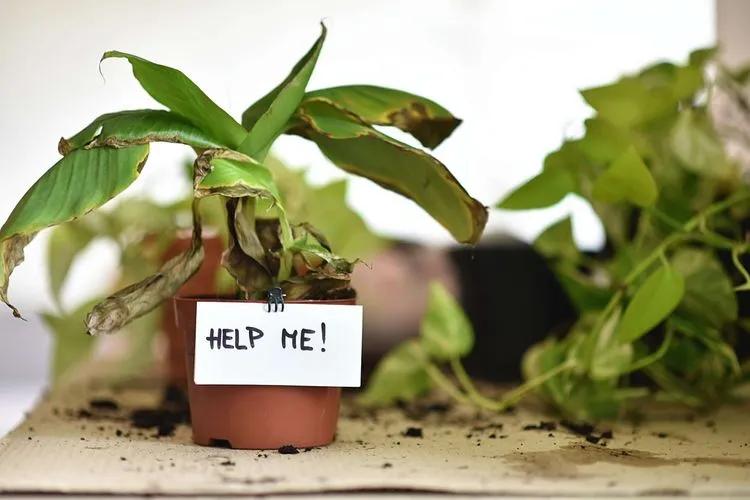 House flowers create a cozy atmosphere, make the air cleaner, help us sleep well, and generally make us happier. Sometimes, all the joy is overshadowed by the appearance of midges or, more precisely, sciaris. They can attack any house plant, but Saintpaulias (violets) are especially affected.
House flowers create a cozy atmosphere, make the air cleaner, help us sleep well, and generally make us happier. Sometimes, all the joy is overshadowed by the appearance of midges or, more precisely, sciaris. They can attack any house plant, but Saintpaulias (violets) are especially affected.
What are fungus gnats?
Sciarids flies (lat. Sciaridae), are, as people say, fungus gnats - small insects from the order Diptera (Latin Diptera). The first representatives of sciaridae appeared many millions of years ago, now these insects are considered one of the most ancient living organisms that have survived to our time. For domestic plants of the middle lane, mainly three types of sciarids are dangerous: Bradysia, Sciara, Lycoriella. They are all very similar to each other.
Nuisance problems with fungus gnat adults tend to be most noticeable during late fall and winter, for a couple of reasons:
- Houseplants that live outdoors during warm months commonly start breeding fungus gnats. When these plants are brought indoors, populations may increase due to the higher temperatures.
- During colder months, people spend more time indoors, thus increasing chances to notice the infestation.
How to Get Rid of Fungus Gnats?

-
Make the Natural Habitat Inhospitable Fungus gnats love moist soil. What does it mean? Do not let the soil of your houseplants rot! Let the soil dry out completely before the next watering: it will get rid of the gnats in the soil and discourage new adults from laying their eggs.
-
Use a Soap-and-Water Mixture Take a cup of water and add a few drops of liquid dish soap. Spray the top of the soil with this to kill the larvae. Repeat this process again in a few days to ensure that you have killed all of the larvae.
-
Use Sand or Gravel Fungus gnats only lay their eggs in the top inch of soil. Replacing that top inch with sand or gravel creates a dry environment and robs them of nutrient-rich fungus to munch on. Without their needed source of food available, they won’t want to lay their eggs.
-
Dispose of the Top Layer of Soil Outdoors The eggs can still hatch. Let them hatch outside rather than somewhere in your home. You don’t want to just move your pests from one part of the house to another.
How to avoid Fungus Gnats?
By taking all of the abovementioned steps, you can naturally control and prevent fungus gnat infestations. To avoid the appearance of insects, you can act in this way:
-
Don’t Overwater Your Houseplants Neither fungus gnats nor their larvae can survive in dry soil, so let your soil dry out completely between watering as often as possible.
-
Water From the Bottom This will help the topsoil (where the gnats lay their eggs) stay dry while keeping your plants hydrated and happy.
-
Store Extra Potting Soil in an Airtight Container If you keep your potting soil in the bag it comes in, fungus gnats can easily get in and lay their eggs. However, the eggs need air to survive, so airtight containers like buckets with tight-fitting lids will keep gnat larvae at bay.
Why Are Fungus Gnats Dangerous?
While these pests are a nuisance in noticeable numbers, it might be comforting (on some level) to know that the adults are harmless insects that do not bite. Also, they don’t do much damage to strong, healthy plants, but they can cause yellowing, stunted growth, and even death in seedlings and more fragile plants. In most cases, fungus gnats indicate houseplants overwatering: if the roots are immersed in water for too long, that may cause root rot, and the occurrence of fungus gnats as a result. They are attracted to fungus growing in saturated topsoil.
